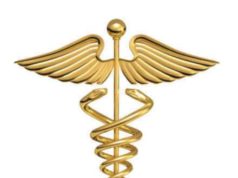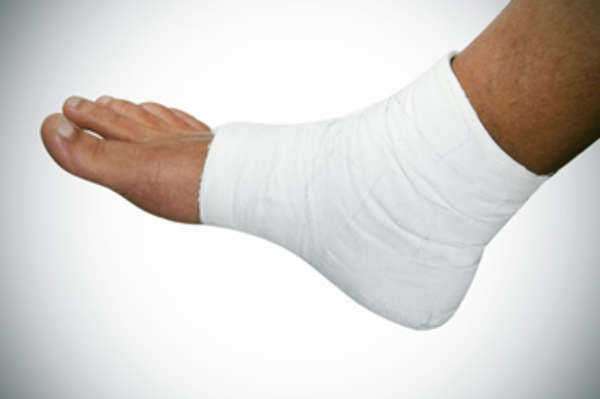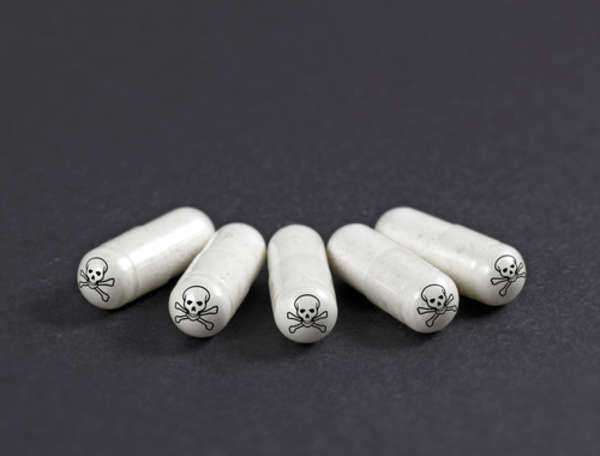Introduction
Medical imaging has revolutionized the way we diagnose and treat diseases, helping to save countless lives. Computerized Tomography (CT) scanning is one of the most widely used imaging techniques in the medical world, allowing doctors to produce detailed images of the internal organs and structures of the body. CT scans are used to diagnose a wide range of conditions, from infections and inflammations to injuries and cancer. In this article, we will explore the science behind CT scans, their applications, and the latest advancements in this technology.
What is CT Scan?
A CT scan, also known as a CAT (computerized axial tomography) scan, is an imaging technique that uses X-rays and advanced computer software to generate detailed cross-sectional images of the body. CT scans are more detailed than traditional X-rays, allowing doctors to see both bone and soft tissue more clearly. The images produced by CT scans can provide information about the size, shape, and location of abnormal growths, injuries, or other pathology.
The CT scanner uses a rotating X-ray machine to take multiple images from different angles around the body. These images are then combined to produce a 3D image of the part being examined. CT scanners use ionizing radiation, which is a type of radiation that can damage DNA and increase the risk of cancer. However, the amount of radiation used in a CT scan is generally considered safe, and the benefits of the scan outweigh the risks for most patients.
Applications of CT Scan
CT scans are used for a wide range of medical applications. Some of the most common uses include:
– Diagnosing and staging cancer: CT scans are used to detect the presence of cancerous tumors, determine their size and location, and check for any spreading of the cancer to other parts of the body. They are also used to determine the stage of cancer, which can help doctors decide on the best treatment options.
– Diagnosing and monitoring injuries: CT scans can be used to diagnose and monitor injuries such as fractures, dislocations, and internal bleeding. They are particularly useful in the emergency department, where quick and accurate diagnosis can be critical.
– Diagnosing and monitoring infections and inflammations: CT scans can be used to diagnose and monitor infections and inflammations, such as pneumonia, appendicitis, and sinusitis. They can help identify the location of the infection and determine the extent of the damage.
– Planning and guiding surgery: CT scans can be used to plan and guide surgical procedures. They provide detailed information about the part of the body being operated on, which can help surgeons avoid damaging nearby structures such as nerves and blood vessels.
– Diagnosing and monitoring cardiovascular disease: CT scans can be used to diagnose and monitor heart disease, such as coronary artery disease. They can detect blockages and narrowing of the arteries, which can help doctors decide on the best treatment options.
– Diagnosing and monitoring lung disease: CT scans can be used to diagnose and monitor lung disease, such as emphysema and lung cancer. They can detect abnormalities in the lungs such as nodules and tumors, which can help doctors determine the best course of treatment.
Risks of CT Scan
As with any medical procedure, there are some risks associated with CT scanning. The most significant risk is the exposure to ionizing radiation, which can increase the risk of cancer. However, the amount of radiation used in a typical CT scan is generally considered safe, and the benefits of the scan usually far outweigh the risks.
Other risks of CT scanning include:
– Allergic reactions to contrast material: Contrast material is a substance that is sometimes used to make certain abnormalities more visible on the CT scan. Some people may be allergic to this material, which can cause an allergic reaction.
– Radiation exposure in pregnancy: Pregnant women are generally advised to avoid CT scans, as the radiation can harm the developing fetus. However, in some cases, the benefits of the scan may outweigh the risks for the mother and fetus.
It is important to let your doctor know if you are pregnant or might be pregnant before undergoing a CT scan.
Latest Advancements in CT Scan
CT scanning technology is constantly evolving, and new advancements are being made all the time. Some of the latest advancements in CT scanning include:
– Dual-energy CT scanning: Dual-energy CT scanning is a newer technology that allows for more accurate diagnosis of certain conditions, such as gout, kidney stones, and cancer. Dual-energy CT uses two different X-ray energies to create the image, which can provide more information about the composition of the object being imaged.
– Low-dose CT scanning: Low-dose CT scanning is a technique that reduces the amount of radiation used in the scan. This can be particularly important for certain patients, such as children and those who require multiple scans over time.
– Contrast-free CT scanning: Contrast-free CT scanning is an advancement that allows the scan to be performed without the use of contrast material. This can be beneficial for patients who are allergic to the material or have kidney problems that prevent them from receiving the contrast material safely.
– Cone beam CT scanning: Cone beam CT scanning is a specialized type of CT scanning that is used to obtain highly detailed images of areas such as the mouth, jaw, and sinuses. This type of scanning uses a cone-shaped X-ray beam to reduce radiation exposure and provide a more detailed image.
Conclusion
CT scanning is a valuable tool in the diagnosis and treatment of a wide range of medical conditions. It allows doctors to obtain highly detailed images of internal structures, which can aid in diagnosis and treatment planning. Although there are some risks associated with CT scanning, these risks are generally considered small compared to the benefits of the scan. As technology continues to advance, CT scanning is likely to become even more accurate and less risky, which will further improve patient care.























